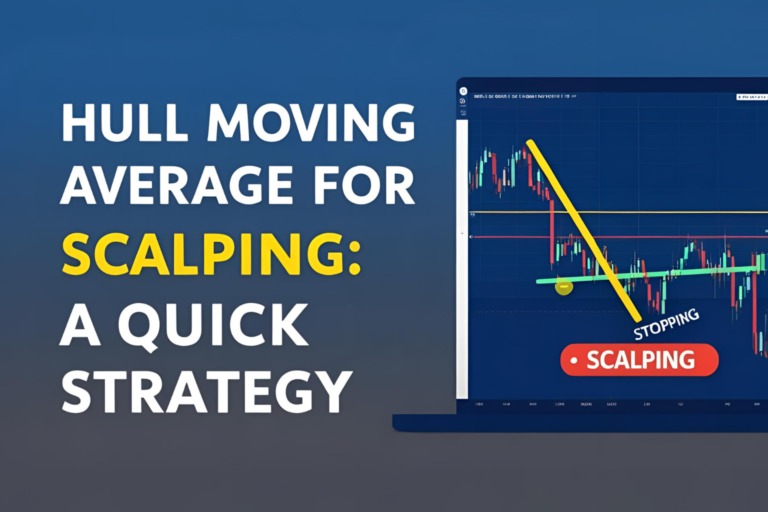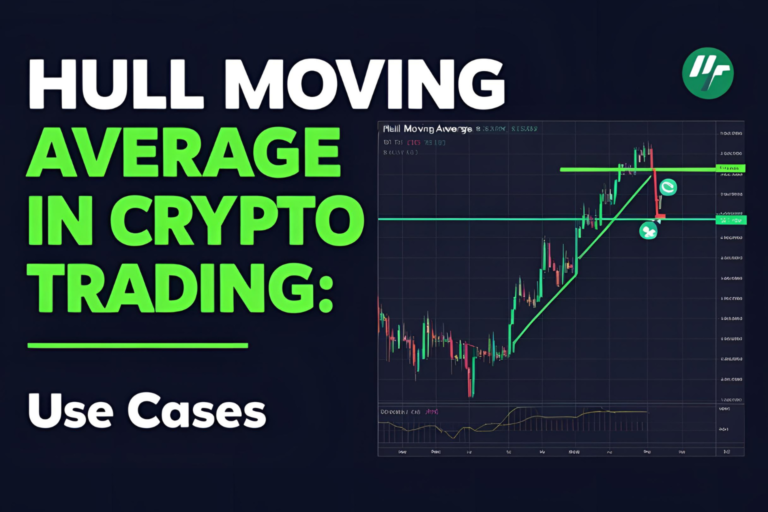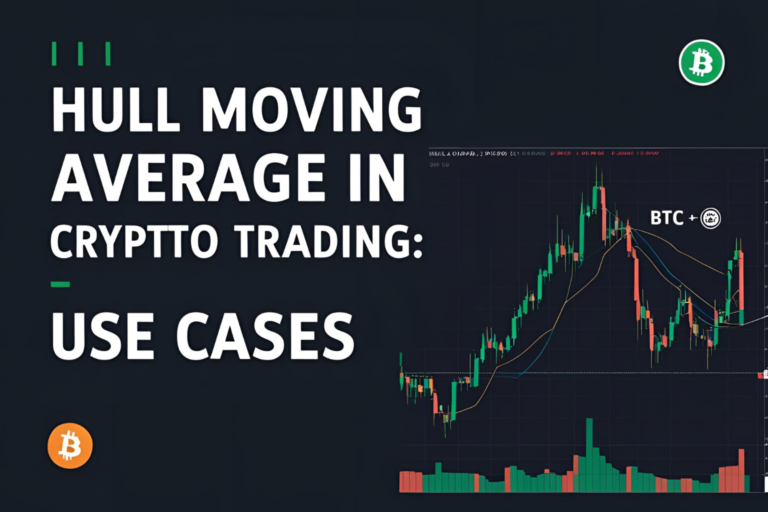Hull Moving Average Crossover Strategy Explained
The Hull Moving Average crossover strategy is a trend-following method that uses two HMA lines with different periods to generate entry and exit signals. This strategy is popular among both beginners and advanced traders because it helps identify market trends with minimal lag.
Let’s explore how to set up this strategy, how it works, and how you can improve it with confirmations.
What Is a Crossover Strategy?
A crossover strategy occurs when a shorter-period moving average crosses over a longer-period one:
- Bullish crossover: Short HMA crosses above long HMA = Buy signal
- Bearish crossover: Short HMA crosses below long HMA = Sell signal
This method works well in trending markets and helps avoid early or late entries.
HMA Crossover Setup
✅ Suggested Periods:
- Short HMA: 21
- Long HMA: 55
These values can be adjusted based on your asset class and timeframe.
✅ Timeframes:
- For day trading: Use 5-min to 15-min charts
- For swing trading: Use 1-hour to 4-hour charts
- For position trading: Use daily or weekly charts
How the HMA Crossover Strategy Works
- Add two Hull Moving Averages to your chart
- Set one to a shorter period (e.g., 21) and the other to a longer period (e.g., 55)
- Watch for crossover events:
- Buy when the short HMA crosses above the long HMA and both are sloping upward
- Sell or short when the short HMA crosses below the long HMA and both are sloping downward
- Use price action, volume, or RSI to confirm the signal
Example Chart (for future reference)
Add a TradingView screenshot showing HMA(21) crossing HMA(55) during a trend phase.
Advantages of the HMA Crossover Strategy
- Clear signals for trend entries and exits
- Smooth indicator lines reduce noise
- Faster response than traditional SMA or EMA crossovers
- Works on all markets: stocks, forex, crypto, futures
Limitations to Consider
- Doesn’t work well in sideways or choppy markets
- May generate false signals without confirmation
- Lag still exists, especially on higher timeframes
Pro Tips for Better Results
- Combine the crossover with volume spikes, RSI divergence, or MACD confirmation
- Avoid trading during low-volatility or news events
- Use stop-loss slightly below the long HMA for buy trades, and above it for shorts
Conclusion
The Hull Moving Average crossover strategy is a simple yet effective way to follow trends and time your trades. It’s especially useful in strong trending markets and offers less noise than traditional MA crossovers. Add confirmation indicators and practice in demo accounts before applying it to live trades.
FAQs
1. What periods work best for HMA crossover?
Common settings are 21 for the short HMA and 55 for the long HMA, but they can be customized.
2. Can I use this strategy on crypto or forex?
Yes, it works well across all asset classes including crypto, forex, and commodities.
3. Does the crossover strategy repaint or lag?
There is some lag, but less than traditional indicators like the SMA.
4. Should I trade every crossover?
No, confirm crossovers with volume or momentum indicators to avoid false signals.
5. Is the HMA crossover strategy beginner-friendly?
Yes, it’s easy to understand and implement with minimal indicators.






